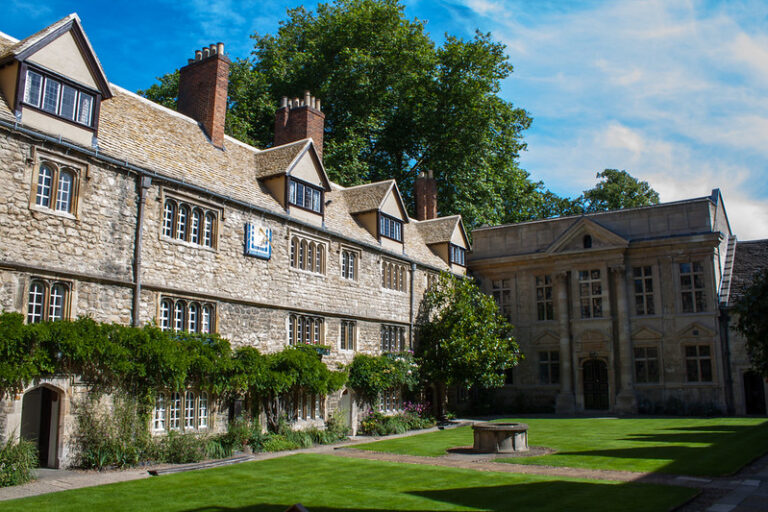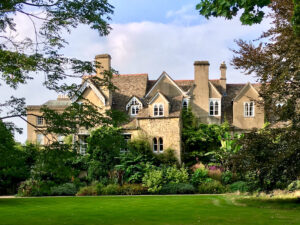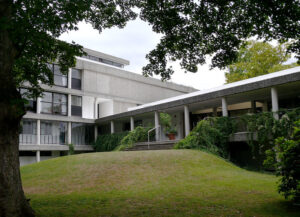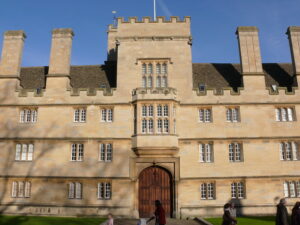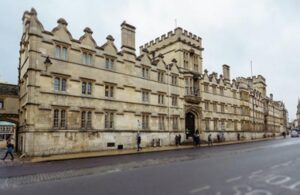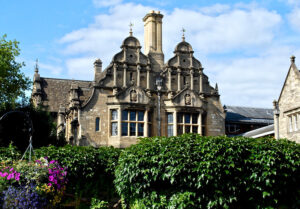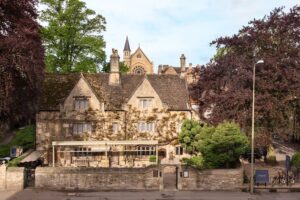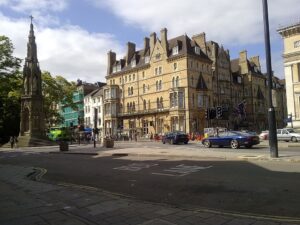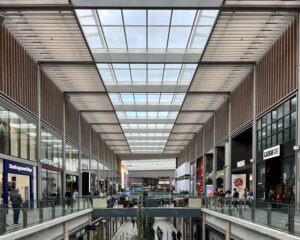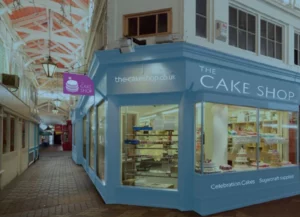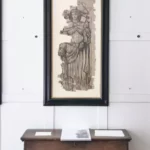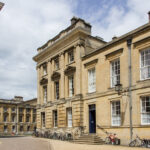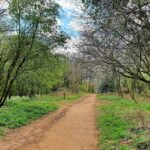St Edmund Hall, also known as Teddy Hall, is a constituent college of the University of Oxford. The college claims to be “the oldest surviving academic society to house and educate undergraduate students at any university” and was the last surviving medieval academic building at the university.
The college is located at Queen’s Lane and the High Street in central Oxford. After more than seven centuries as a men-only college, it became coeducational in 1979.
Alumni of St Edmund Hall includes incumbent Keir Starmer, Richard Onslow, 1st Baron Onslow, Robert Macaire, Mel Stride, Mark Sedwill, etc.
What's the History of St Edmund Hall?
Like many other Oxford Colleges, the precise date when St Edmund Hall was created is not certain, although it’s estimated at around 1236. The name St Edmund Hall (Aula Sancti Edmundi) first appears in a 1317 rental agreement. Before that, it was listed as the ‘house of Cowley’.
During the 13th century, the university encouraged masters of the arts to rent properties to take in scholars as their tenants. Principals leased the halls and had to present themselves in front of the university’s chancellor in St Mary’s church yearly and guarantee that their hall would pay its rent. if a hall principal undertook this formality, they earned recognition as academic halls. Judging by the annual rent sum, St Edmund’s was a small to medium-sized academic hall at the time.
By 1324-5 Osney Abbey had raised the Hall’s rent to forty-six shillings and eight pence, as the abbey had apparently gained two additional plots of land and buildings adjacent to the Hall. This acquisition increased capacity and created access to the well at the centre of the quadrangle.
The college has a history of independent thought. During the late 14th and early 15th centuries, it was a bastion of John Wycliffe‘s supporters (reformists that challenged Papal supremacy and condemned Clerical celibacy, offerings to effigies, confession, and pilgrimage). In the late 17th and 18th centuries, St Edmund Hall incurred the wrath of the Crown for fostering non-jurors, men who remained loyal to the Jacobite succession of the House of Stuart.
In 1978, women were first admitted as members of the Hall, with the first matriculations happening in 1979.
The Buildings of St Edmund Hall
The front quadrangle houses the porters’ lodge, the Old Dining Hall, the college bar (called the buttery), the chapel, the Old Library, offices and accommodation for students and Fellows. An engraving of the college coat of arms is found above the entrance to the college on Queen’s Lane.
The Well
The medieval well is in the centre of the quadrangle. It was uncovered in 1926 during the construction of a new lecture room and is believed to be the original from which St Edmund himself drew water. A new inscription reads “haurietis aquas in gaudio de fontibus salvatoris,” or “with joy, draw water from the wells of salvation” in Latin (Isaiah 12:3). Although the well is covered by a metal grate to prevent injuries, water can still be seen at a depth of about 9 feet.
The Chapel
The Chapel is on the east side of the Front Quad. It contains a stained glass window, one of the earliest works by Sir Edward Burne-Jones and William Morris. The painting above the altar, by Ceri Richards is often described as a ‘marmite painting’ and dates to the late 17th century.
The Old Library and Library
The Old Library is above the chapel. It still chains its valuable books and has shelves against the walls. Today, it’s used for events and for research.
The new college library includes the 14th-century tower, which houses a tutor’s room at the top. The crypt below this deconsecrated 12th-century church of St Peter-in-the-East dates from the 1130s. 40,000 volumes are housed within the library, catering to the variety of courses offered at the Hall. Several gravestones remain, including one belonging to James Sadler, the first English aeronaut.
Modern Buildings and Annexes
The south side of the college’s quadrangle was completed in 1934, marking the 700th anniversary of St Edmund’s consecration as the Archbishop of Canterbury. In 1965–9, Kenneth Stevens and Partners worked on a large programme of new buildings at the college, including a dining hall, common rooms, teaching facilities, and undergraduate accommodation, now at the rear of the main site in the Kelly, Emden, Besse, and Whitehall buildings.
The college also owns annexes at Norham Gardens, Dawson Street and Iffley Road. These includes the Graduate Centre, a complex consisting of several large Victorian villas. The Norham Gardens annexe has its own common room, IT facilities, gardens and gym, and the Graduate Centre also has a quantity of faculty housing.
What is it Like to Study at St Edmund Hall, Oxford?
All first-year undergraduate students are guaranteed accommodation on the main site and many return for their third year after living out, usually in East Oxford, for the duration of their second year.
The college has a weekly creative writing workshop, a termly poetry reading series, and an online writers’ forum. St Edmund Hall also has a lively drama society, the John Oldham Society.
The College has one of the largest non-auditioning College Choirs in Oxford, which performs an evensong every Sunday and on special occasions.
St Edmund Hall participates in a large number of sports including rugby, football, rowing, tennis, cricket, mixed lacrosse, netball, hockey, swimming, and basketball, among others.
Where is St Edmund Hall?
St Edmund Hall is located on Queen’s Lane (OX1 4AR), Oxford. Tel 01865 279000.
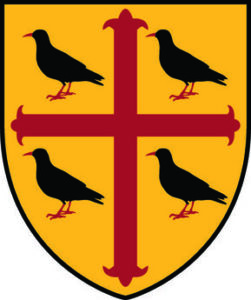
Can you Visit St Edmund Hall?
Yes, St Edmund Hall is open to the public.
- Open: Daily 10.00-16.00.
- Charge: Free.
- Groups: Maximum 12 people in a group. Larger groups by appointment.
